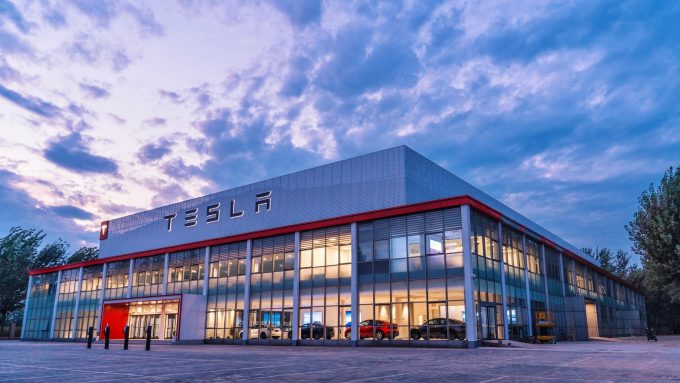Wallenius Wilhelmsen orders more car-carriers – and the biggest yet
Not to be dissuaded from its car-carrier ordering spree, Wallenius Wilhelmsen has exercised options for ...

Reshoring and nearshoring are complex businesses, requiring significant levels of planning, with the drivers for each company differing on supply chains for raw materials, production requirements and proximity to consumers, among other things.
Tesla, in its deliberations over a plant to be built in Mexico, considered ...

Comment on this article